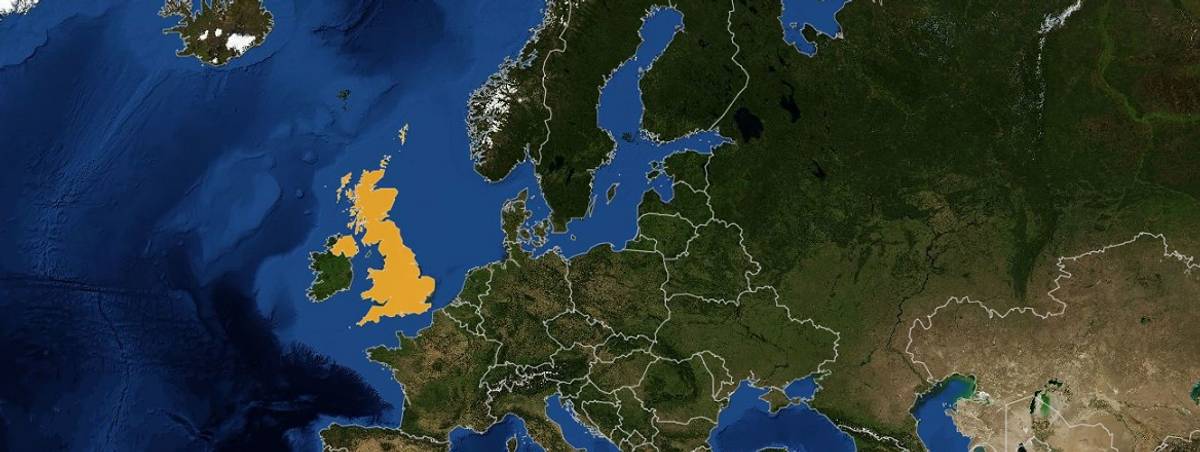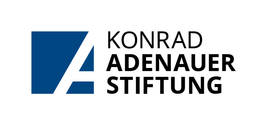UK Defence and Security Relationships Across Europe
Mapping the evolving UK defence and security policy relationships with allies and partners across Europe.
European security is undergoing a period of transformation, as is the UK’s relationship with Europe, for two central reasons. First, the UK’s departure from the EU in 2020 was a significant structural change to the European security architecture, and required the UK to sign additional defence and security agreements with EU member states. Second, the Russian invasion of Ukraine in 2022, and the European response, have transformed the European security environment. The pace of change is significant, as are the new frameworks and initiatives that are driving Europe’s response in different functional areas.
As the security environment changes, so will the European security architecture. These structural developments have created an overlapping mosaic of multilateral, minilateral, trilateral and bilateral groupings which all exhibit different political, diplomatic, defence and security responsibilities and commitments. This map helps to understand this complexity and facilitate further analysis.
Aims and objectives
The project aims to create a user-friendly interactive research tool which consolidates information on the UK’s defence and security relationships in a single place.
Objectives
- To map the UK’s defence and security relationships with Europe.
- To provide a resource to understand complex defence and security relationships more easily, aiding further analysis.
- To understand which defence and security relationships are priorities for the UK and to identify potential gaps as the UK develops as a European security actor.
Information on the Data
The information presented in this resource is all open-source data collected between January 2023 and July 2024.
This online resource is the output of a joint project between RUSI and the Konrad-Adenauer-Stiftung under the European Security in Transformation programme.
Cooperation Partner
The Konrad-Adenauer-Stiftung
This project has been made possible by the generous support of the Konrad-Adenauer-Stiftung.
Methodology
This resource is a product of research conducted by Ed Arnold between January 2023 and June 2024.
This map specifically considers the UK’s defence and security relationships with organisations and countries across Europe. Throughout, the resource prioritises accessibility of data to help users understand the complexity of the relationships and understand the linkages better.
The researcher has relied on the following considerations to determine the balance between usability and extensiveness of data:
- The organisations that have been selected are where the UK is a member or observer state, and where that membership has direct bearing on European defence and security.
- The map includes relationships that are current commitments of the UK. Where there are multiple arrangements that have evolved, the map displays the most relevant and contemporary ones.
- All the information contained in this research is open source. Specific sources of information, such as official government policy documentation or media reports are linked within the map.





